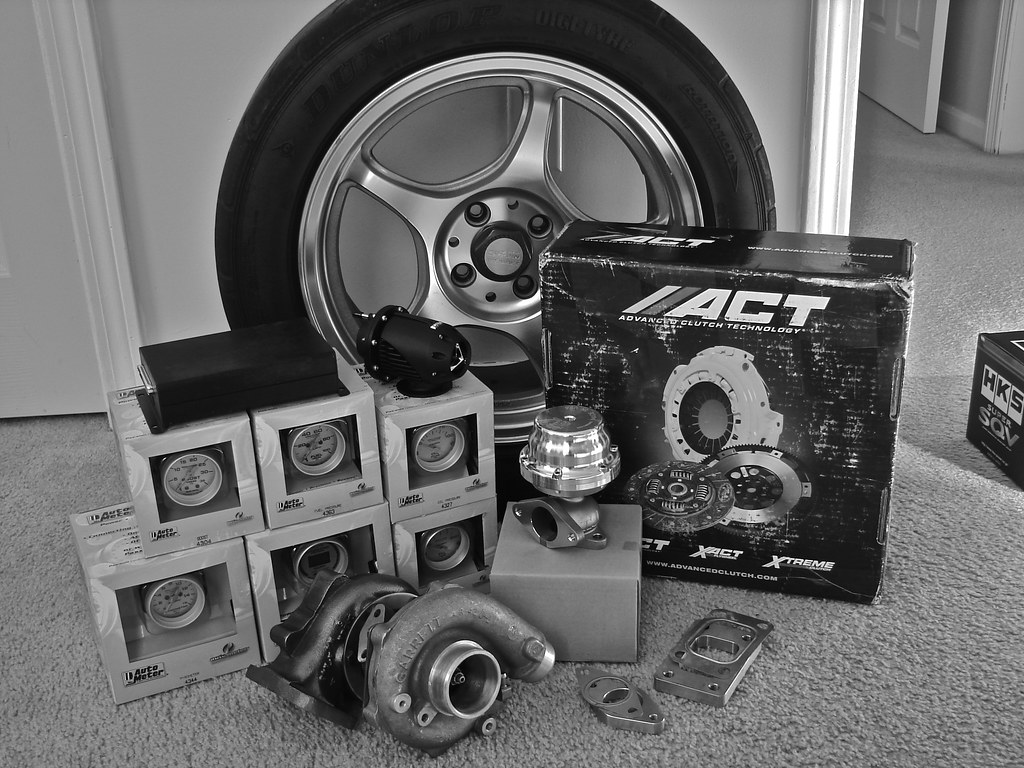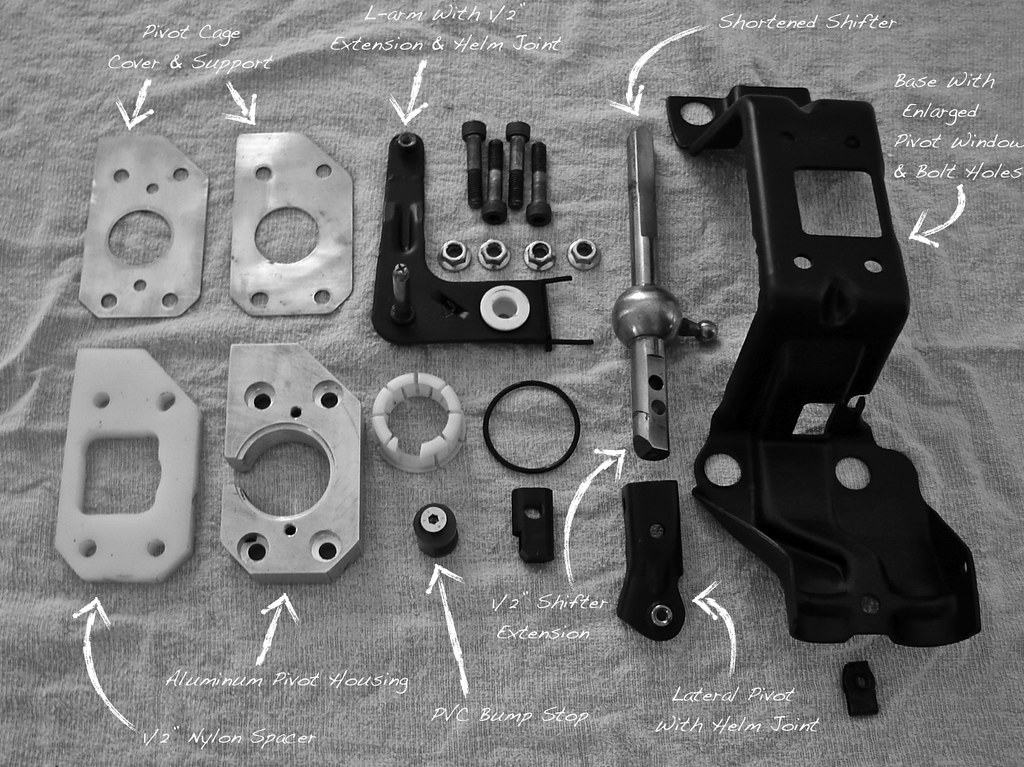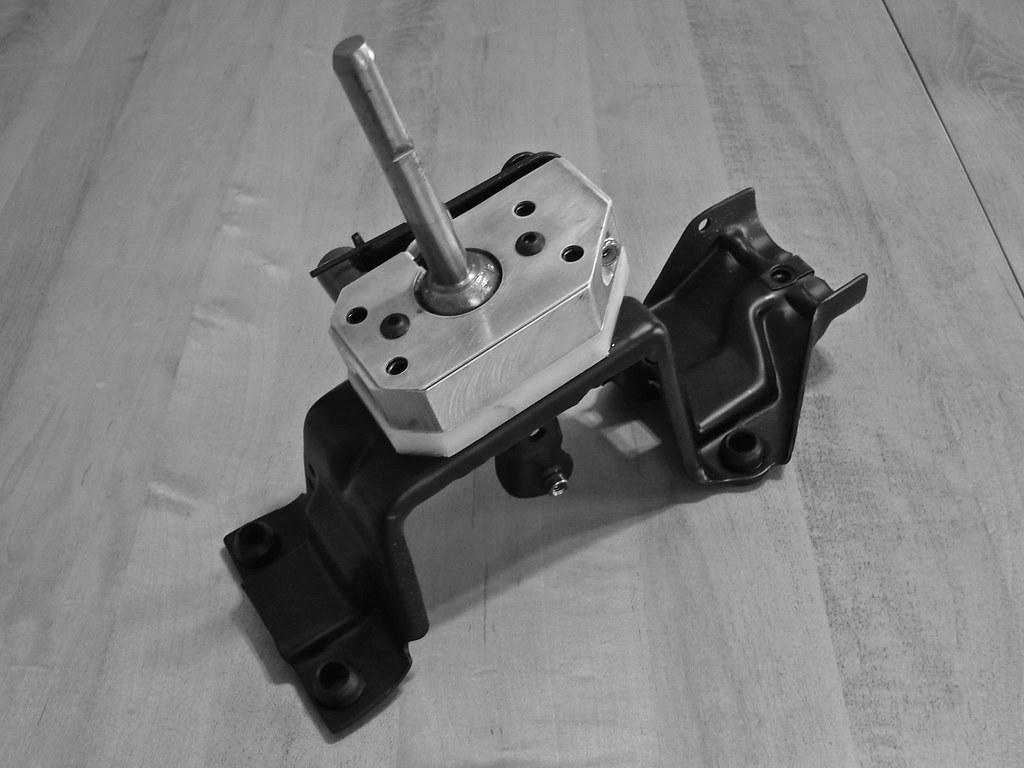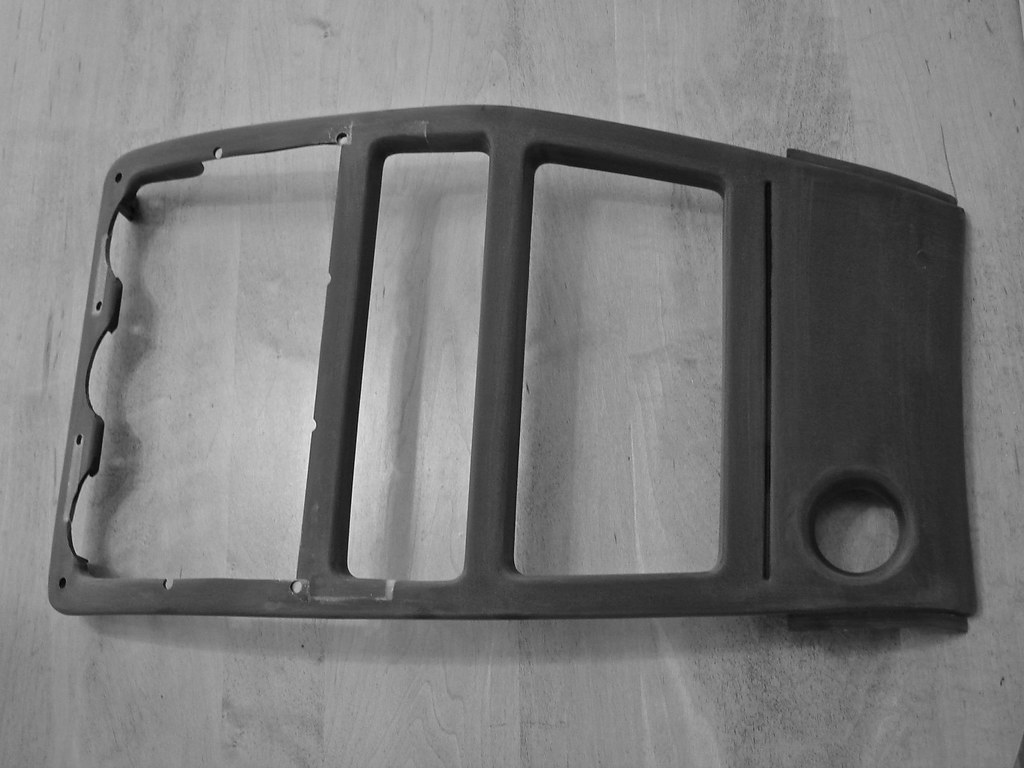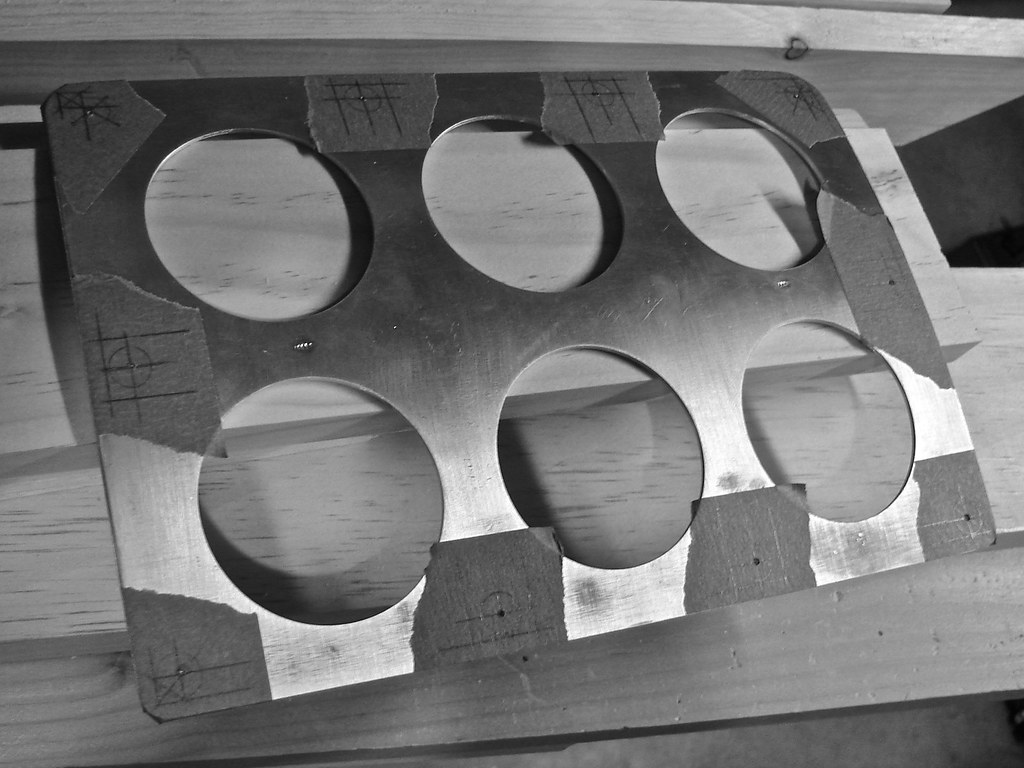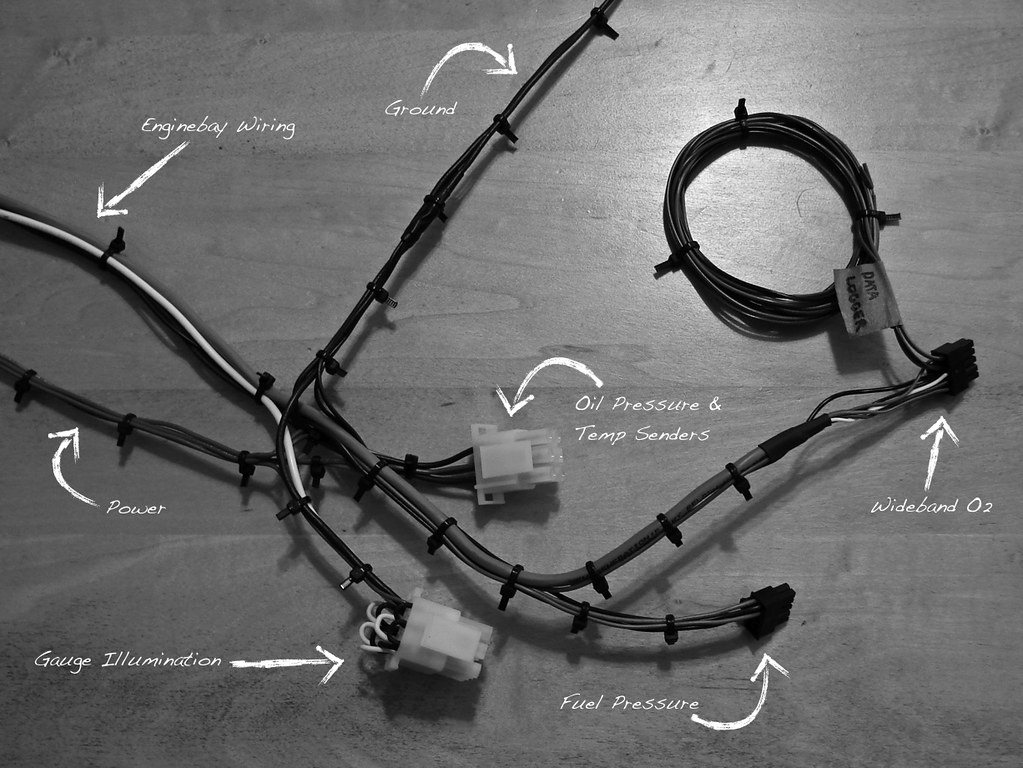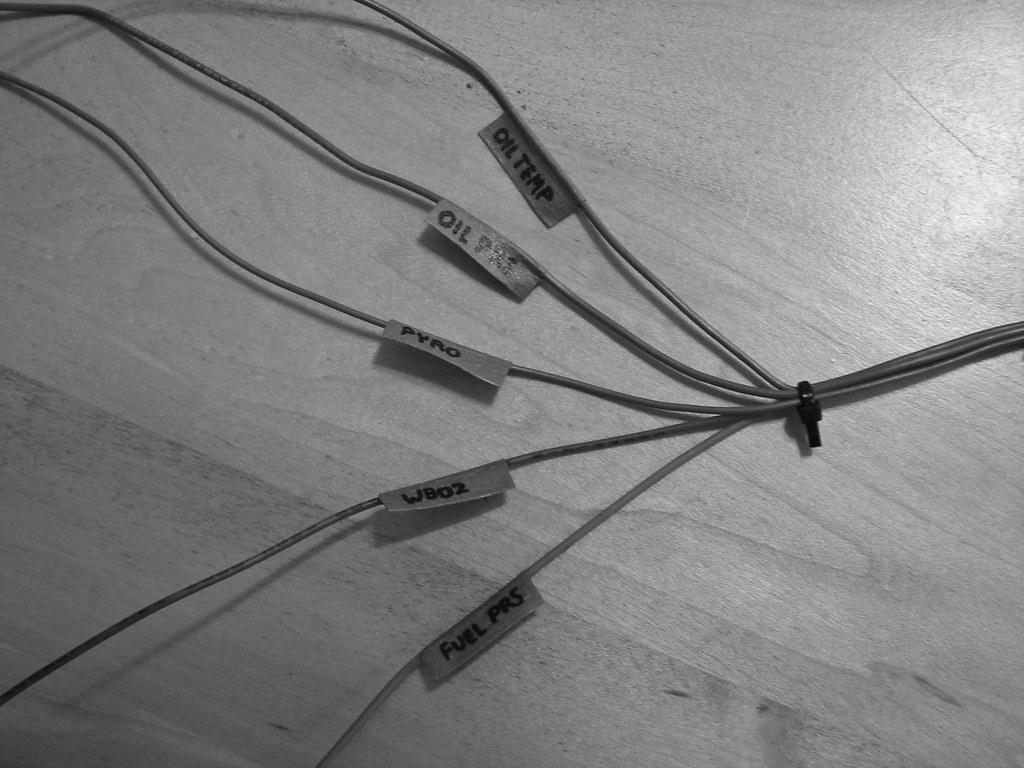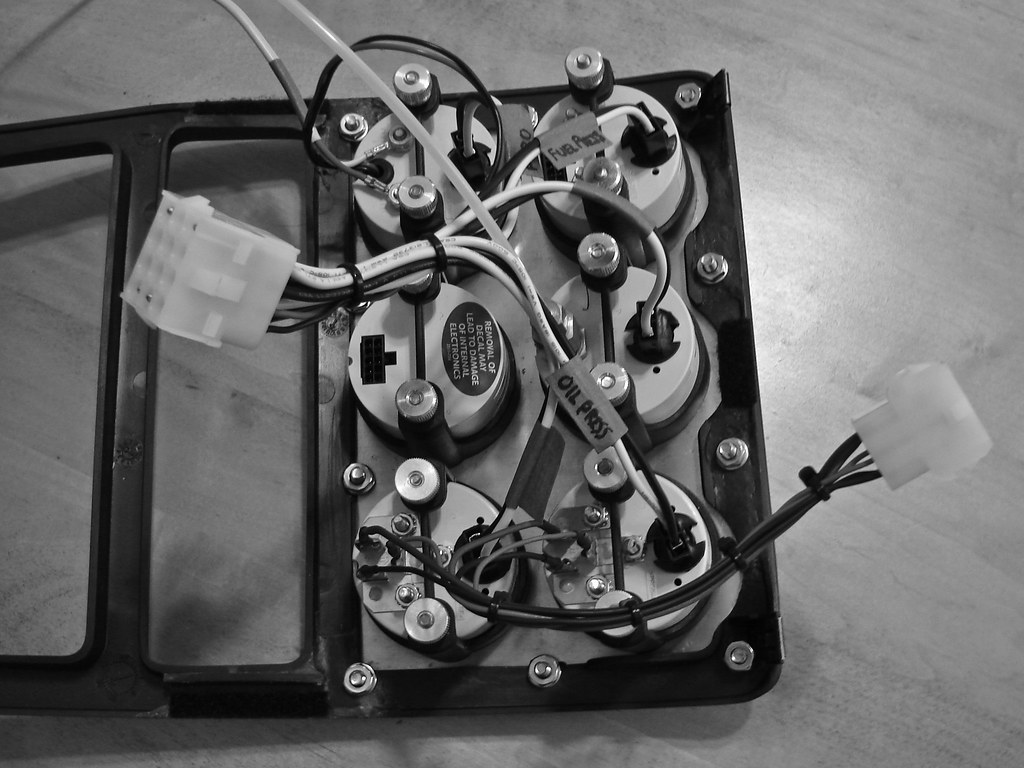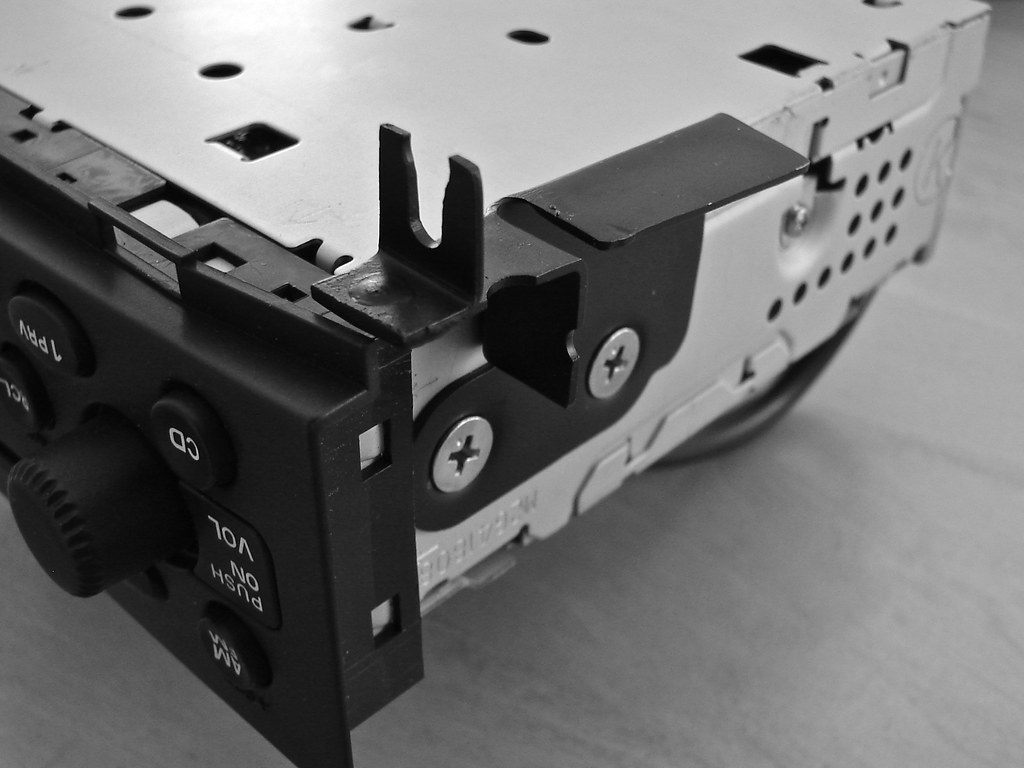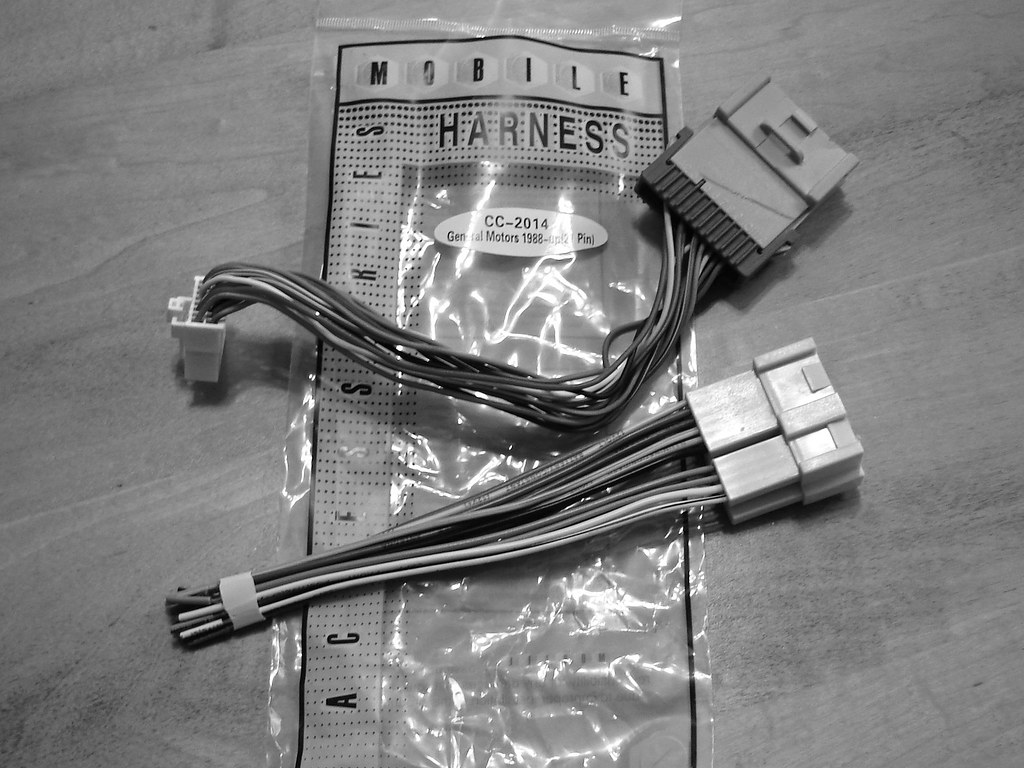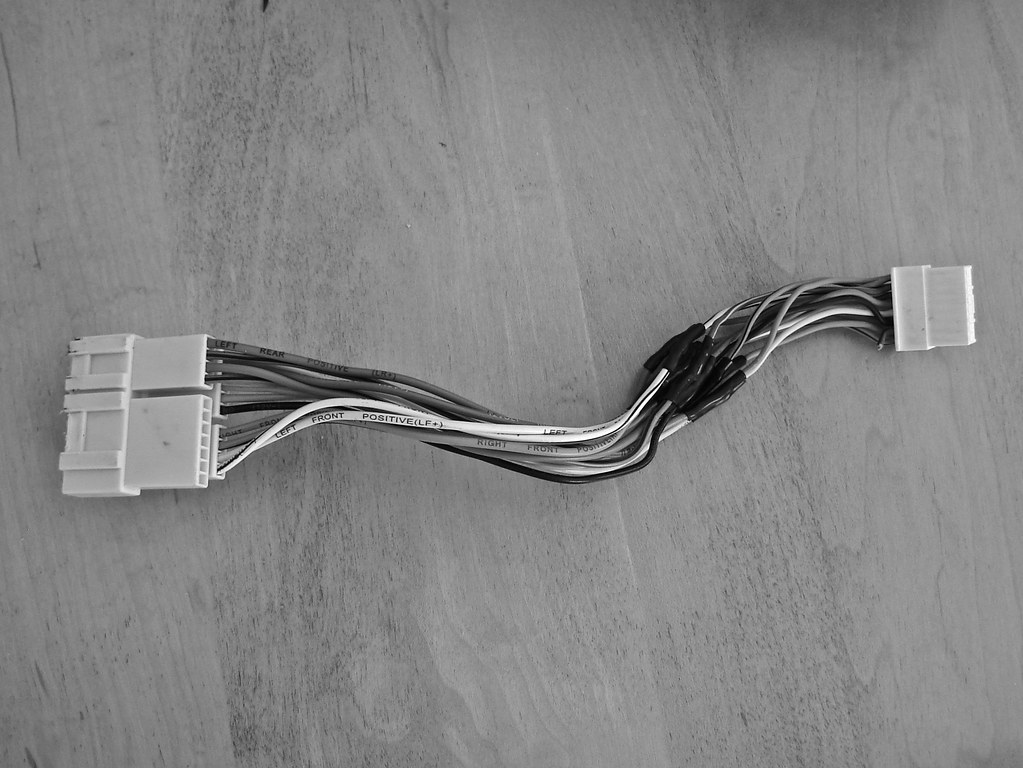We are up to speed! I can finally move onto posting updates with new progress. Please forgive the gap between my last archive post and now. I definitely have my work cut out for me after transferring my old posts, re-editing all of my photos, and switching to a better image host (Flickr). So what have I gotten done in the meantime?
Yesterday, picking up on my shifter build, I altered the interior end of a spare set of shifter cables. One of the features of the new shifter was mounting for ball joint rod ends (or helm joints), from McMaster-Carr (part #6072K155), to eliminate the stock plastic cable ends. Attaching these was a very straight forward procedure. I eyeballed the rod ends against the stock ends so I could get a rough measurement of how far to thread the metal rod (marked with a sharpie).



